
The Central Landing School was established at RAF Ringway airfield near Manchester on 21st June 1940 as a result of Prime Minister Churchill’s direction to create a corps of parachutists. It was initially commanded by Squadron Leader LA Strange RAF and designed primarily as a parachute training school and experimentation centre.
On 19th September the School was expanded into the Central Landing Establishment RAF, divided into a Parachute Training school, a Technical unit and a Glider Training Squadron. The tasks were to train parachute troops, glider pilots and aircrew for airborne operations, develop the tactical handling of airborne troops, carry out technical research and recommend requirements. The Central Landing Establishment was renamed as the Airborne Forces Establishment in September 1941. Its Headquarters, Technical Development Unit and Experimental Flight were merged into the Airborne Forces Experimental Establishment in February 1942, and relocated to Sherburn-in-Elmet a few months later.
Squadron Leader Maurice Newnham took over command of the Parachute Training School on 9th July 1941 which became known as Number 1 Parachute Training School, a self contained unit. Additional transport lift was provided by the RAF and expansions of the training establishment with Flying and Glider Training Schools took place to keep pace with the expansion of the 1st Airborne Division. Headquarters 38 Wing RAF was formed to coordinate increased army/air training and operational requirements.
In 1946 No 1 PTS moved from its war time location at Ringway to RAF Upper Heyford in Oxfordshire, trainees were accommodated in a nearby camp at Middleton Stoney. In 1950 the school moved again to RAF Abingdon where it remained for 26 years until, in 1976 it moved to its present location at RAF Brize Norton.
The School completed its one millionth descent in 1969 when Private Norman Blunn, a recruit from Depot the Parachute Regiment and Airborne Forces jumped during Regular Basic Parachute Course No 701 at RAF Abingdon.
Commanded by a Wing Commander the School conducts basic parachute courses for regular and reserve forces from all three Services. It also trains Parachute Jump Instructors (PJIs), free-fall parachuting and carries out support and parachute aircraft coordination. The through-put of parachute trainees is managed by the Parachute Course Administrative Unit (PCAU).
Parachute courses last four weeks for regular soldiers and two weeks for reserves. The first part of the course is taken up by synthetic ground parachute training, which practices landings from various apparatus and on mats and free-flight trainers, swings and trapezes to simulate and practice in-flight drills. All aspects of parachuting are practiced from the exit, flight and landing building up to eight aircraft descents first without and then with equipment and by night.
On successful completion of the course trainees are awarded their parachute ‘wings’ before returning to their respective units as qualified parachutists.

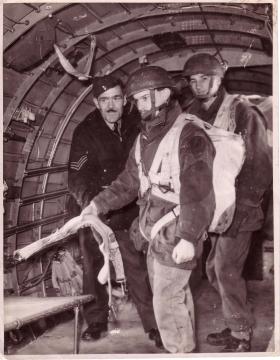
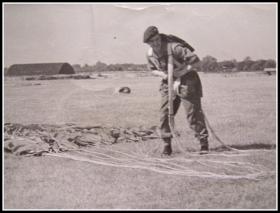
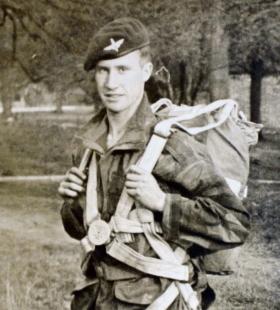
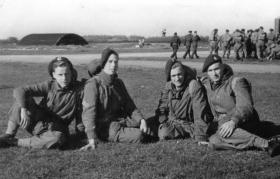
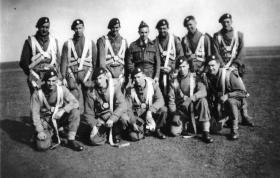
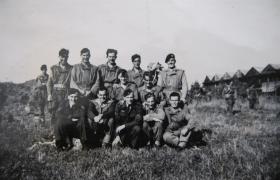
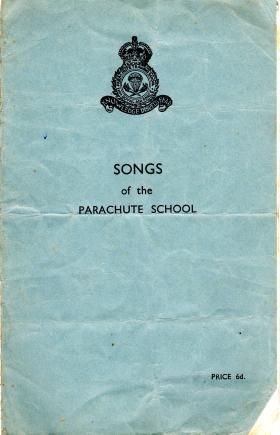
Latest Comments
There are currently no comments for this content.
Add Comment
In order to add comments you must be registered with ParaData.
If you are currently a ParaData member please login.
If you are not currently a ParaData member but wish to get involved please register.